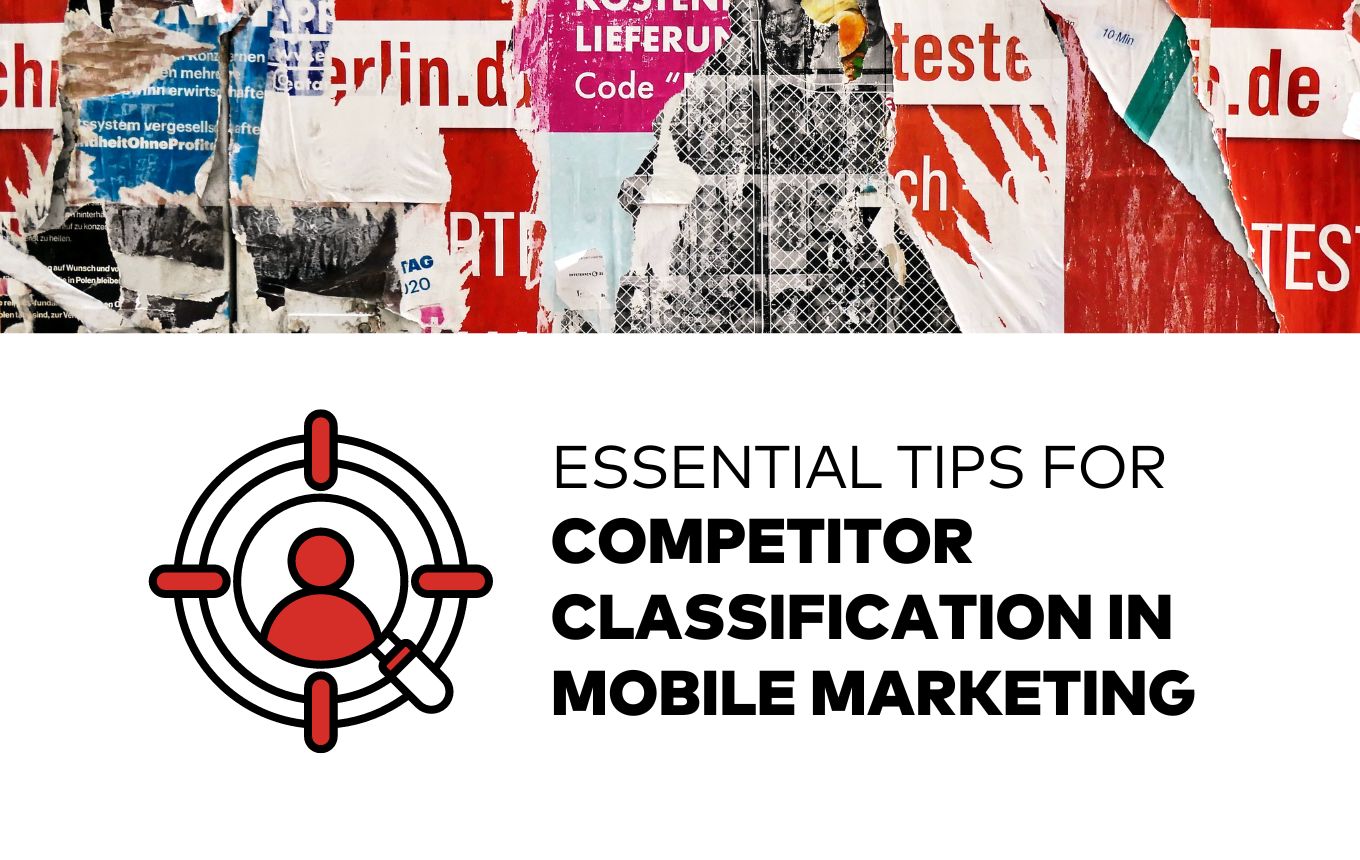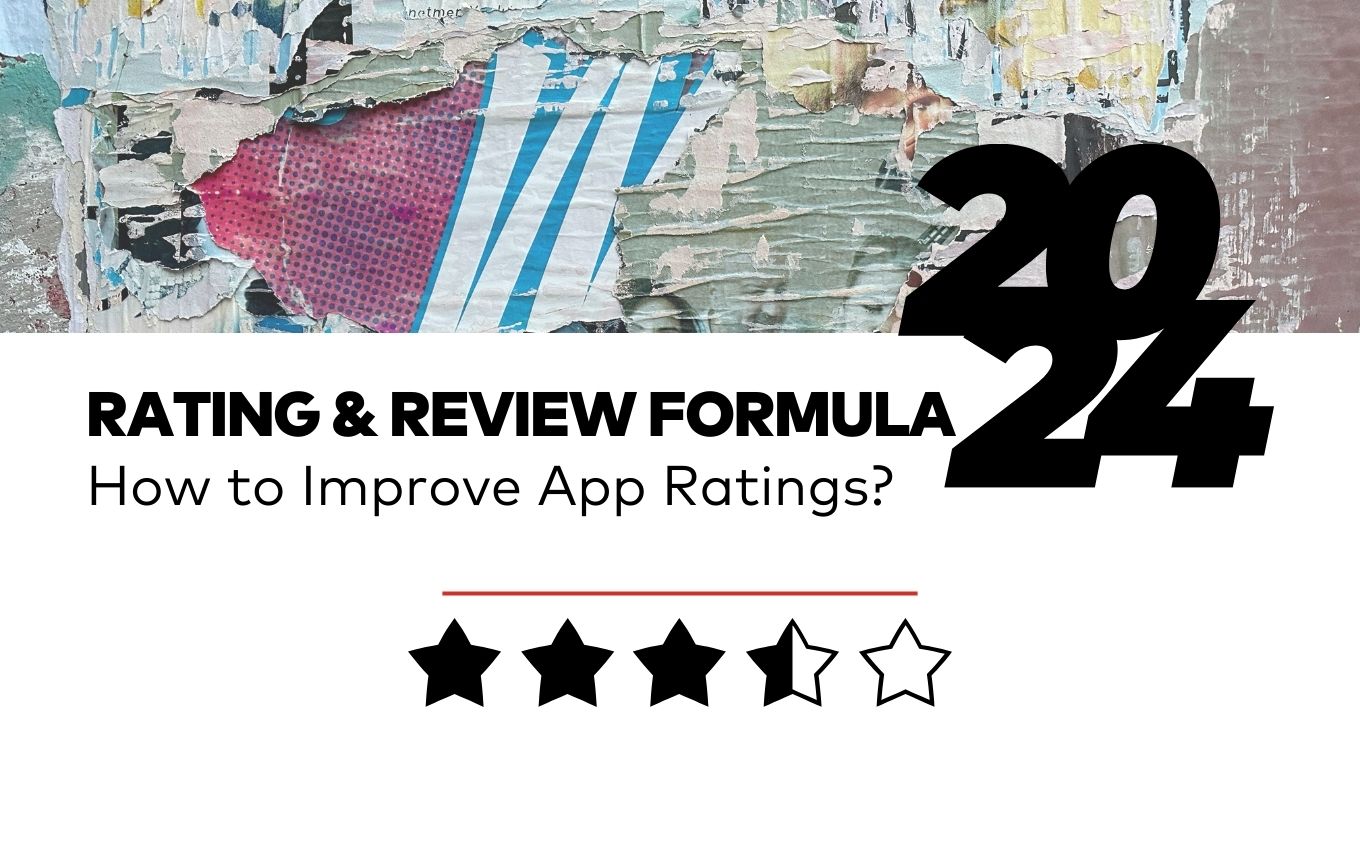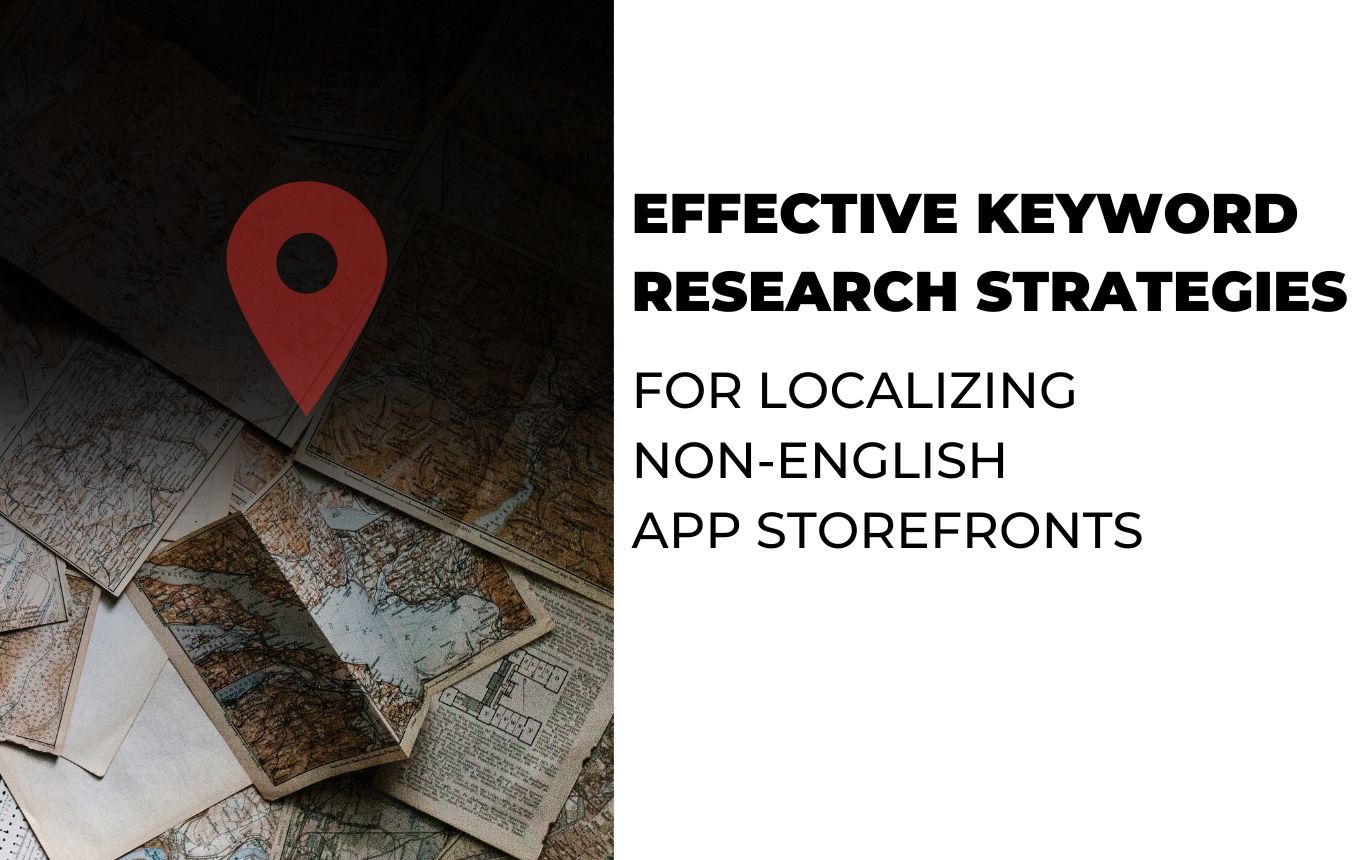The Power of Promotional Content in Google Play Store
Start refining your promotional tactics today and watch your app climb to new heights in the Google Play Store!
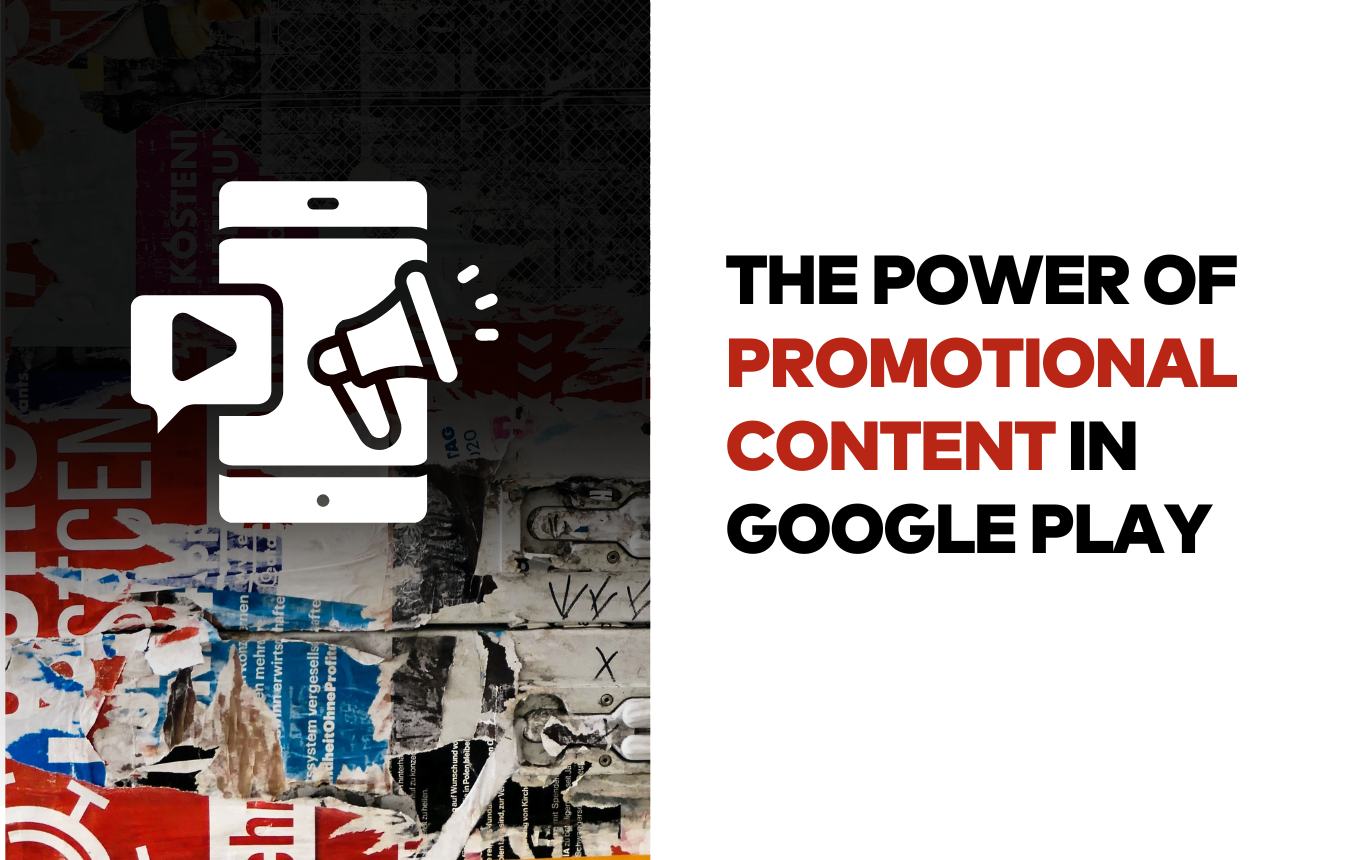
Understanding Promotional Content
Promotional content on Google Play is a powerful tool available to apps and games that meet certain eligibility criteria. This feature allows developers to highlight fresh and timely content directly on Google Play—be it special offers, limited-time events, new content, or major updates. The idea is to engage users outside of the app, encouraging them to open, reinstall, or interact with the app based on the displayed content.
Display and Effectiveness
Where does this content get displayed? Primarily, it appears on your app's store listing but can also get featured in other high-visibility areas like the homepage or search results of Google Play. The algorithm is optimized to show the most relevant promotional content to users, which means that the right eyes are always viewing your offers.
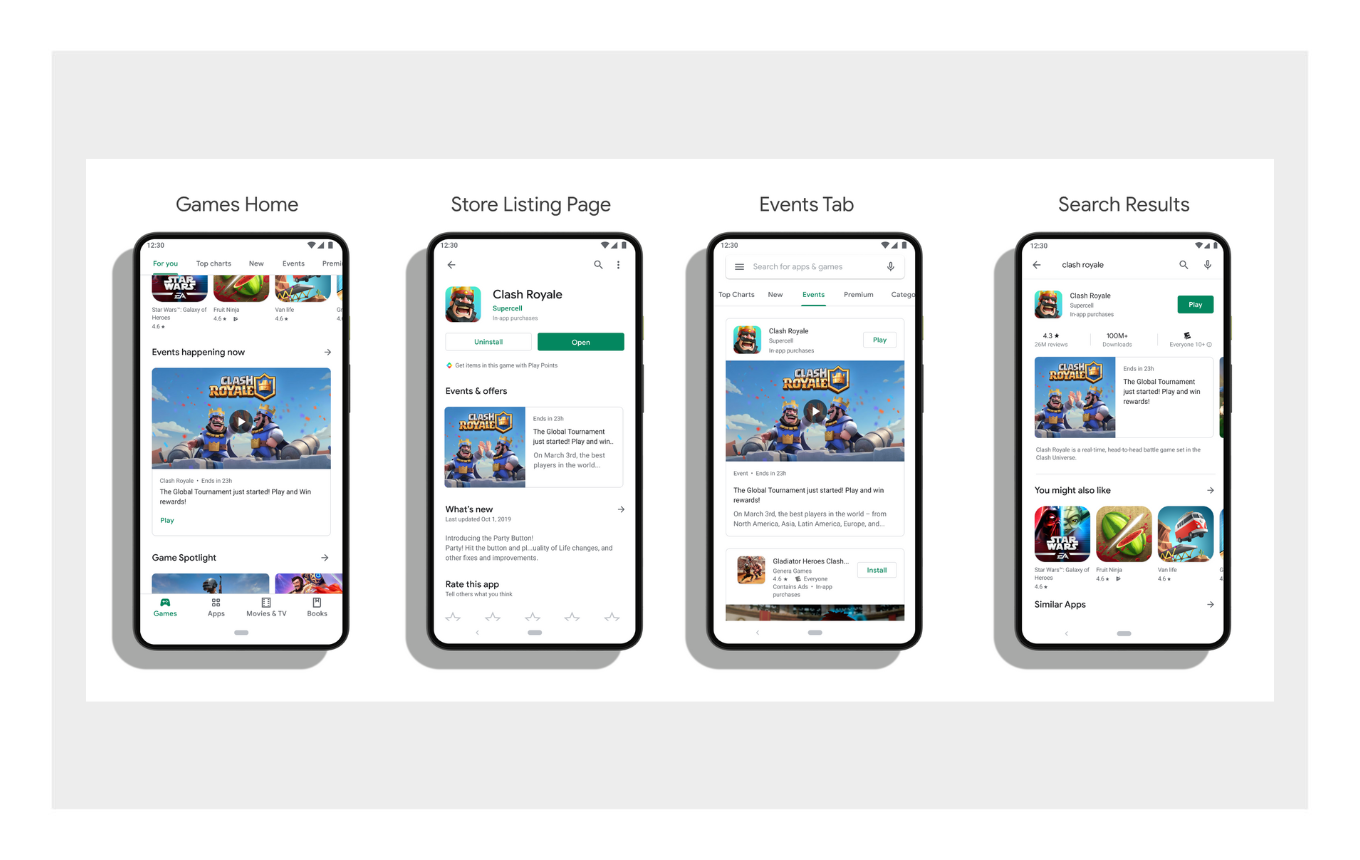
Boosting Visibility and Acquisitions
Incorporating high-quality and frequent promotional content is a key strategy for maintaining a lively presence on Google Play. It signals continuous investment in the app, encouraging Google Play to feature the app more prominently across various discovery surfaces.
It’s worth noting that previously, there was one Very High priority event option per quarter, three High priority event option per quarter, and unlimited Normal priority option. Now, 4 "featuring request" rights are granted each quarter. The increased visibility through these featurings can lead to higher app installations and more active user engagement.
Types of Promotional Content
By promoting limited-time offers or updates, developers can create a sense of urgency, prompting users to take immediate action. This not only drives short-term engagement but also helps in building long-term user retention as people come back to take advantage of new offers or content. Let’s take a look at what type of Promotional Content developers can publish:
1. Offer
Offers are discounts or $0 items that your users might be interested in. These can be digital goods administered through Google Play's billing system, fully $0 digital items administered through your own systems, or physical goods and services. If you're running an event that includes high-value deals such as discounts or exclusive $0 items, selecting Offer as your promotional content type is a smart choice.
2. Events
Events are non-offer, time-limited events that happen in your app or game. These can include tournaments, challenges, live events, Q&As, or cooperative/alliance events. Here are some subtypes of events you might consider:
- Competition, challenge: Events where people compete for rewards, rankings, or to achieve specific goals.
- Real-time: Live streaming content, such as "Watch the Yankees, compete in the World Series" or "Now streaming the Oscars live."
- Special: Any other time-limited event not listed above.
3. Major Update
Major updates are significant updates with large new features or a large new content drop, such as a new season or new movie. Some subtypes of major updates include:
- Feature announcements: Significant updates, such as new capabilities or functionality (beyond content releases), like "Now with multiplayer mode" or "New video editing tools available."
- New Content: Updates to apps and games that release special content (either newly created or newly available) within the app. This may include on-demand shows, movies, performances, new game levels, characters, battle passes, and more.
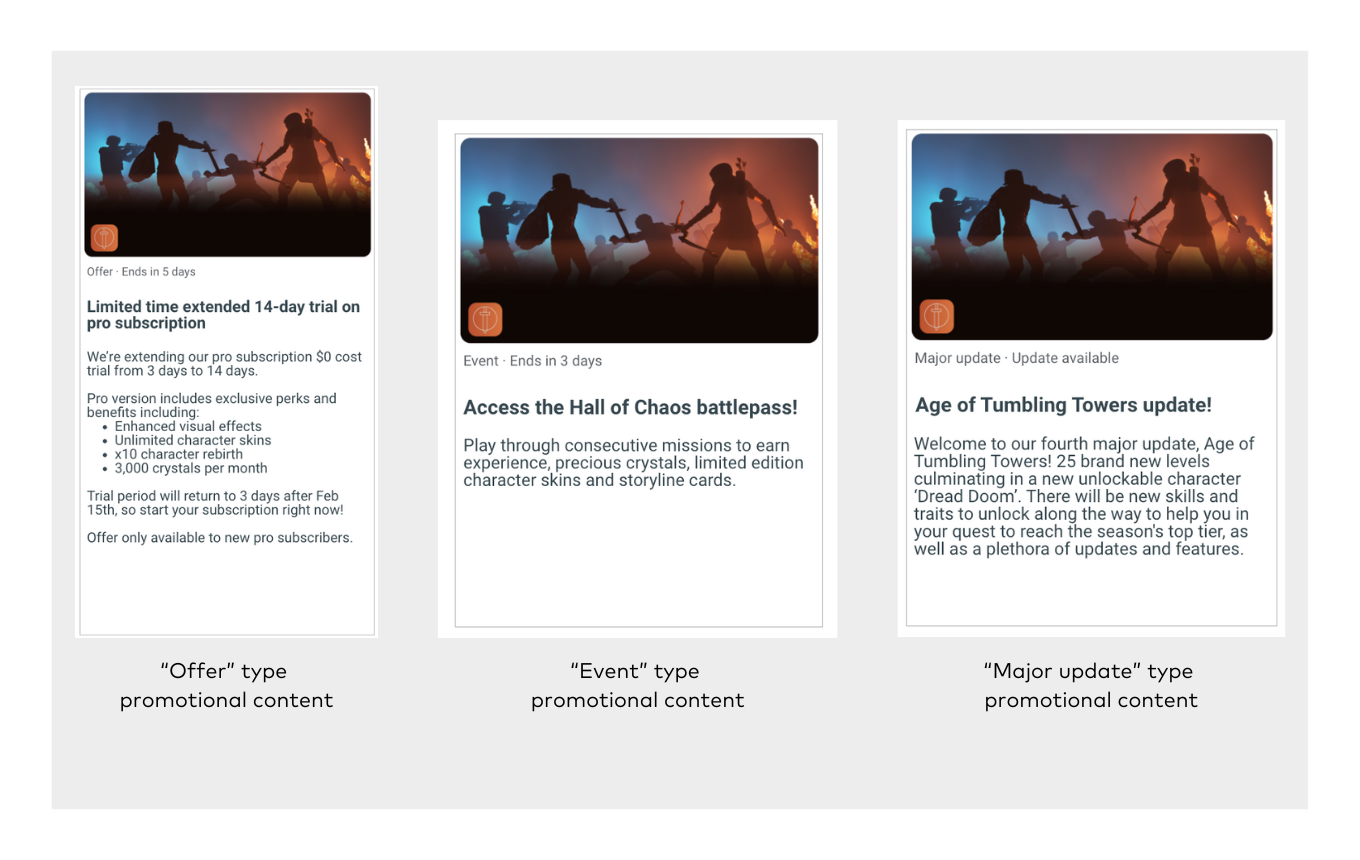
Aligning Seasonality with Promotional Content Strategy
One of the strategic enhancements to any promotional content plan is the inclusion of seasonality. Apps can significantly benefit from creating a quarterly calendar that marks meaningful seasonal events and holidays. This proactive planning allows developers to tailor their promotional content to coincide with times when users are more likely to engage with specific types of content or offers.
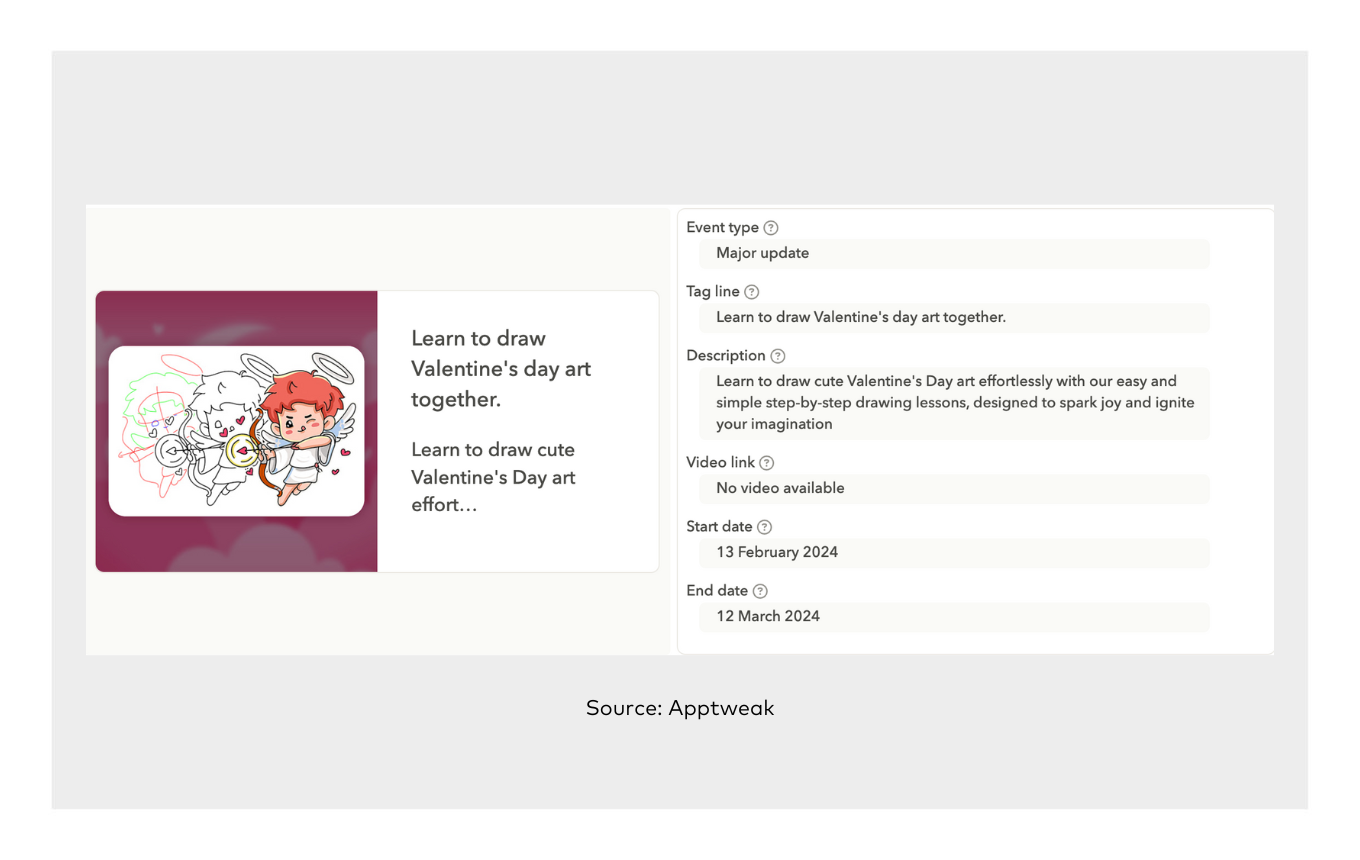
For instance, a fitness app might promote a special challenge or discount during the New Year when people are setting resolutions, or a shopping app could highlight special sales during the holiday shopping season. Similarly, back-to-school periods, summer vacations, or local festivals are perfect opportunities to connect with users through relevant promotions.
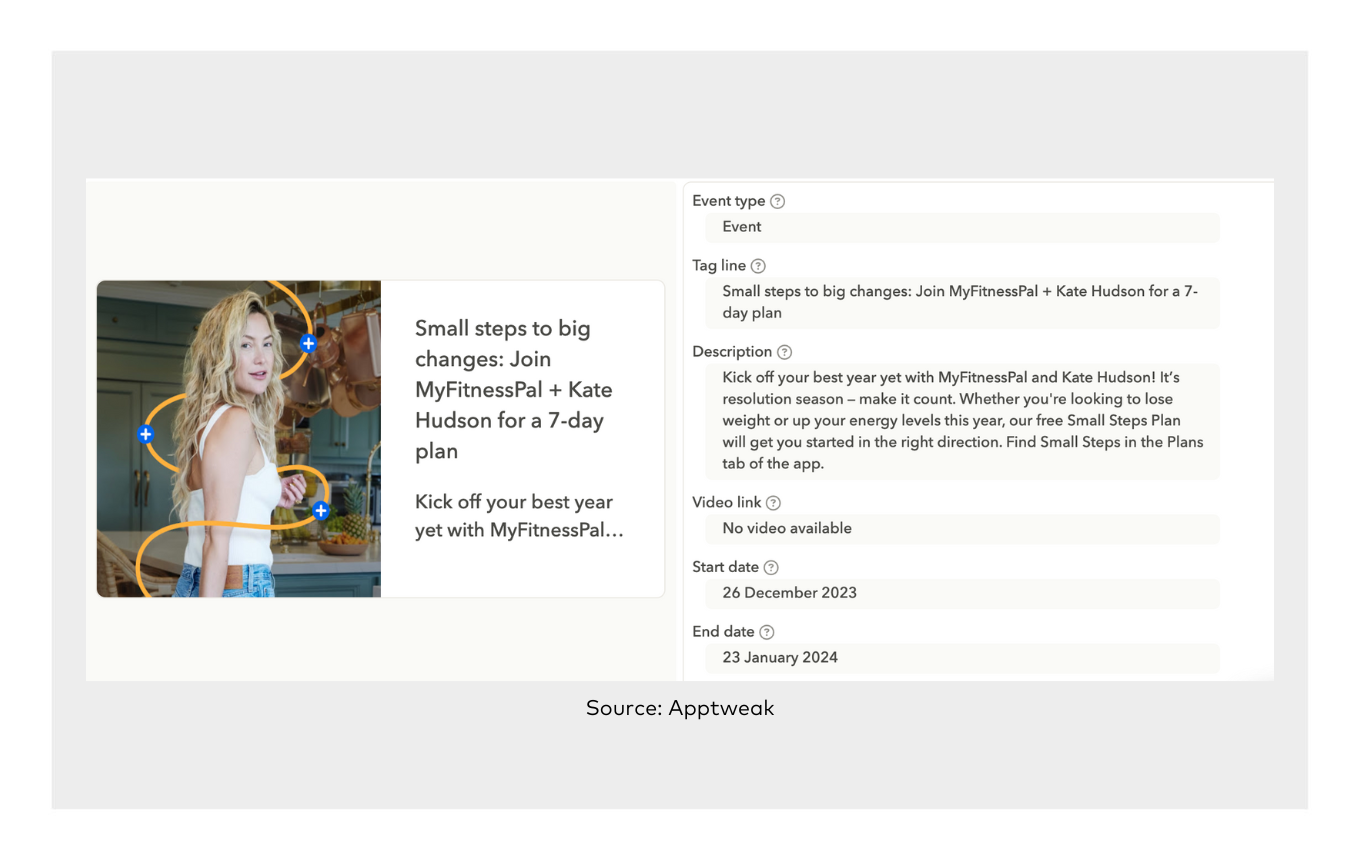
This approach not only boosts visibility during high-traffic seasons but also enhances user acquisition and retention. Seasonal promotions keep the app relevant and engaging, encouraging both new downloads and repeat visits by existing users. By aligning promotional content with user lifestyles and significant cultural moments, apps can create a more personalized user experience that resonates strongly with their target audience.
Quality Standards and Compliance
It’s crucial that all promotional content adheres to Google Play’s content guidelines. This includes compliance with image standards—avoiding text on images and ensuring all visuals are clear and professionally presented. Descriptions must be detailed and in line with the promotional offer, providing users a complete understanding of what’s being offered. Here are some key do's and don'ts to keep in mind:
Do's:
- Offer Genuine Value: Make sure your promotional content provides a real value-add, such as a monetary discount or an additional good or service that isn’t normally associated with your app or game.
- Be Clear and Concise: Ensure that your tagline and description give users a clear and accurate understanding of what the offer is, how much the discount or value-add is, and how they can redeem it.
- Tailor Content to the Offer: The image, tagline, and descriptions should be specific to the current promotion. Avoid reusing taglines or images from previous promotions, even if they were for a different app or game.
- Keep It New and Noteworthy: Make sure your promotional content stands out. Users should feel that the offer is new and significant after reading the tagline and description.
Don'ts:
- Avoid Non-promotional Events: Ensure your promotional content doesn't focus on non-promotional events or announcements. Evergreen (ongoing) discounts or promotions are not considered genuine offers.
- Avoid Duplicate Assets: Refrain from using the same or very similar assets across different apps or games, even if they are under the same developer. Make sure each asset, including the tagline and description, is specific to the offer.
- Don't Be Unclear: Ensure the tagline and images clearly communicate the offer details. Users should easily understand the value and how to redeem it.
- Avoid Cut Off Zones: Ensure all visual elements are within the safe zone and that no critical information is cut off.
By following these do's and don'ts, you'll create promotional content that not only passes the necessary checks but also engages and attracts potential users to your app or game.
Measuring the Performance of Promotional Contents
Measuring the performance of your promotional content is crucial for optimizing your strategies. In the Play Console, you can access performance reports to analyze key statistics.
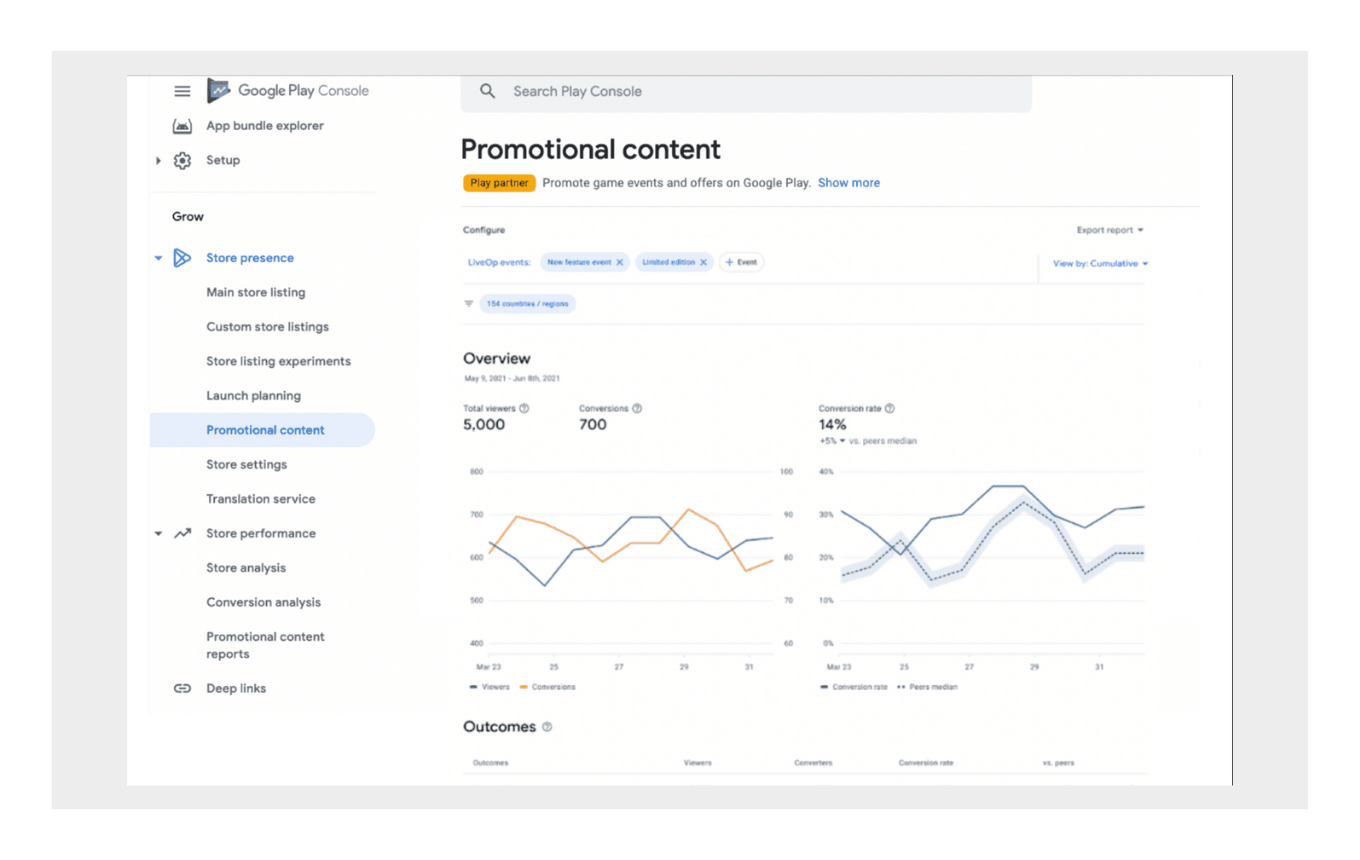
Metrics such as Viewers, Converters, and Uplift are essential to monitor. Viewers represent the number of users who saw your event, while Converters are those who clicked on your event’s buttons. The button that users see on your promotional content and detail page changes depending on whether they have your app installed:
- A user who doesn’t have your app installed sees an Install button.
- A user with an old version of your app sees Update.
- A user who has the latest version of your app on their device sees Open or Play.
Another metric to consider is Uplift. It compares the number of active days in users who saw your content versus those who didn't.
By monitoring these metrics, you can gain insights into how well your promotional content is converting viewers into users and engaging them with your app.
Conclusion
Promotional content is more than just an advertising tool; it is a strategic asset that can significantly enhance how apps and games are perceived and engaged with on Google Play. By effectively using this feature, developers can not only increase their app's visibility but also boost user acquisition and retention, thereby driving more revenue.
For those looking to leverage promotional content or refine their current strategies, consider how your promotions align with user expectations and Google Play standards. With the right approach, promotional content can transform the way users interact with your app, making it a not-to-be-missed element in your app marketing toolkit.
Are you ready to unlock the full potential of promotional content for your app? Engaging users effectively requires a deep understanding of the tools and strategies that resonate in the digital marketplace. Start refining your promotional tactics today and watch your app climb to new heights in the Google Play Store!

